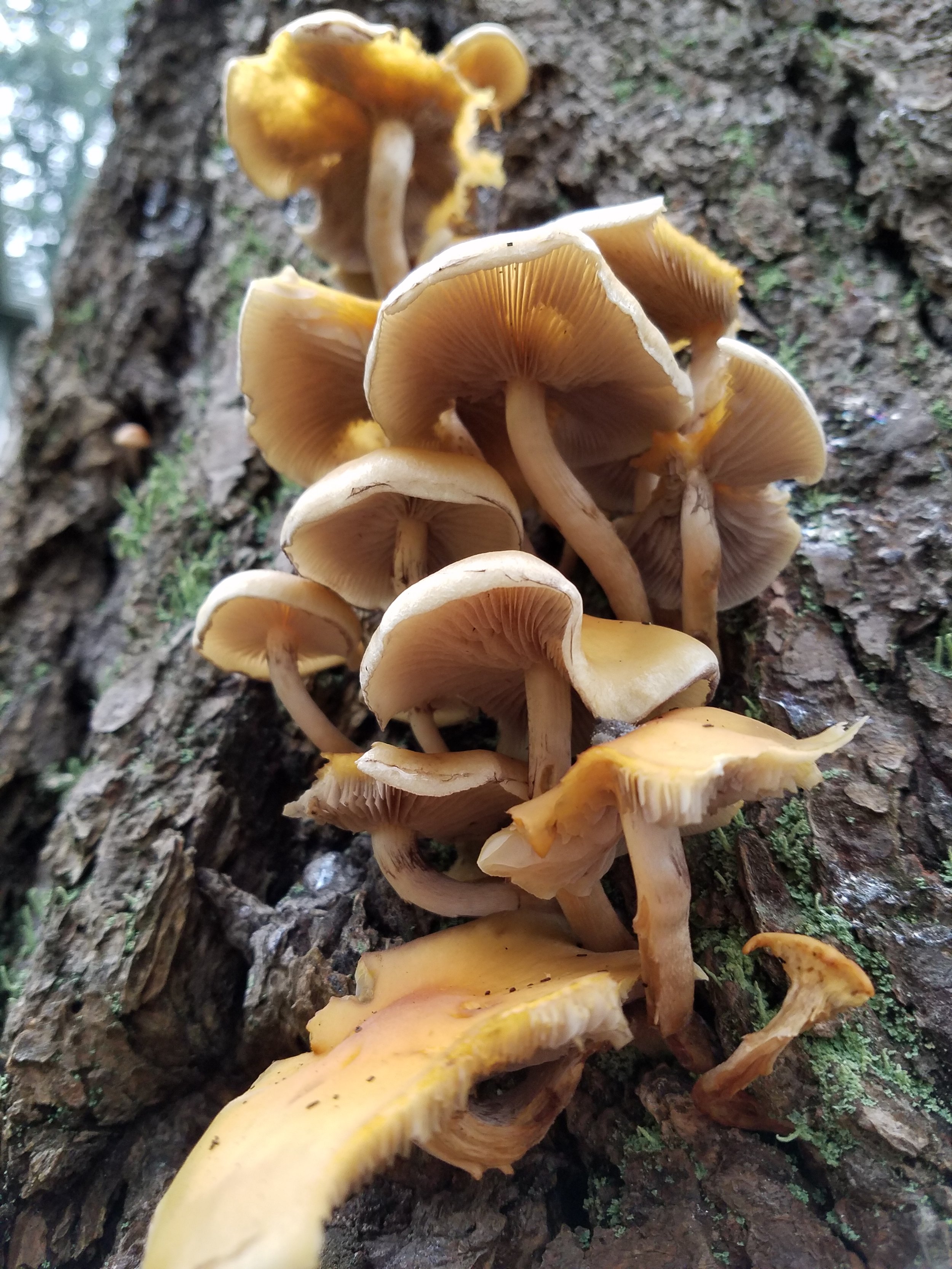Eastside Audubon’s Green Tip of the Month
Written by Jeannine Sielinski
Let’s talk toilet paper…
The environmental impact of traditional toilet paper production is significant with millions of trees harvested annually and the use of chemicals contributing to water pollution. However, there are sustainable alternatives that can help reduce this footprint. Recycled and bamboo toilet paper are excellent options. For instance, brands like Betterway Bamboo Toilet Paper and Who Gives A Crap offer eco-friendly products that are not only gentle on the environment but also on the skin. These companies are committed to practices like using Forest Stewardship Council (FSC) Certified bamboo and donating a portion of their profits to environmental and sanitation projects. Additionally, the use of bidets can further decrease the reliance on toilet paper, offering a cleaner and potentially more hygienic solution while also being environmentally friendly.
Making these small changes in our daily lives can contribute significantly to the conservation of our planet's resources and the betterment of global sanitation conditions. It's a step towards a greener and more sustainable future for all.
Our family has been buying Premium Bamboo toilet paper from Who Gives A Crap for the past several years and love both the company and their product. Who Gives A Crap donates 50% of their profits to build toilets in Third World Countries and is a B Certified Company.
Additional resources: The Best Eco-Friendly Toilet Paper (treehugger.com)
See you next month!











